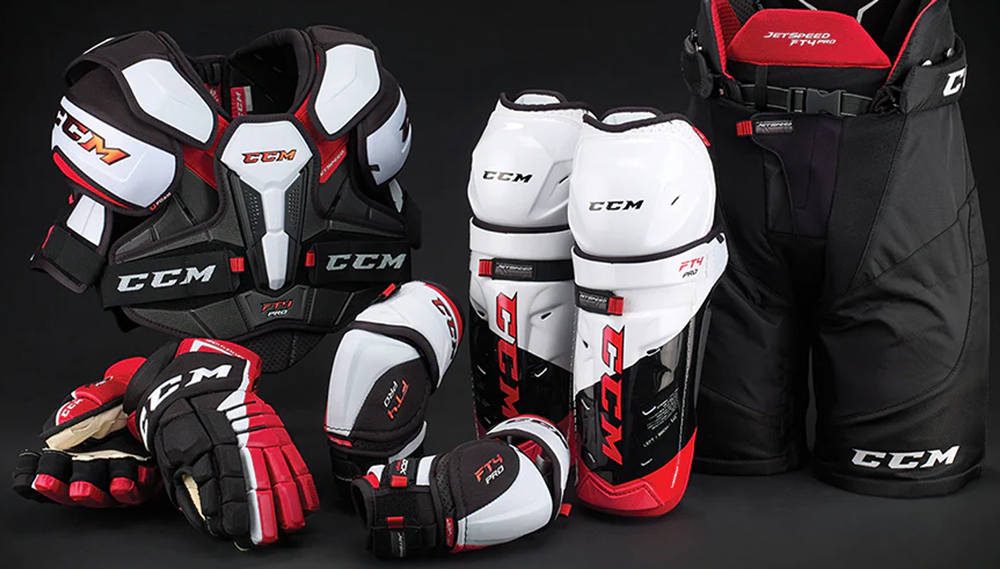Catcher’s chest protectors are an essential piece of equipment in baseball, providing both comfort and protection to one of the most demanding positions on the field. When evaluating these crucial pieces of gear, players and coaches should consider several key factors to ensure they meet the highest standards in terms of comfort and protection.
1. Material and Construction
Features: The material and construction of a chest protector play a significant role in both comfort and protection. Look for protectors made from high-quality, durable materials that can withstand the impact of fastballs and foul tips. Many modern chest protectors use multiple layers of foam padding to absorb and disperse the force of impacts.
Benefits: Quality materials and construction ensure the protector can effectively protect against impact while lasting through seasons of use.
2. Fit and Adjustability
Features: A well-fitting chest protector is essential for both comfort and protection. Look for models that offer adjustable straps and harnesses to ensure a secure and customized fit. Some protectors also come with removable or adjustable shoulder caps for added flexibility.
Benefits: A proper fit minimizes discomfort and ensures the protector covers vital areas effectively.
3. Mobility and Range of Motion
Features: Catchers need to move freely and maintain their range of motion while wearing a chest protector. Evaluate designs that offer flexibility in the right places, such as articulated chest plates and shoulder caps. Some protectors include hinged or contoured designs to allow catchers to crouch, throw, and block pitches with ease.
Benefits: Mobility and range of motion are crucial for a catcher’s performance behind the plate.
4. Weight and Bulk
Features: While protection is paramount, excessive weight and bulk can hinder a catcher’s agility and endurance. Seek chest protectors that offer maximum protection with a lightweight and streamlined design. Innovative materials and construction techniques have led to the creation of protectors that are both protective and lightweight.
Benefits: Reduced weight and bulk allow catchers to stay agile and comfortable during long games or practices.
5. Ventilation and Breathability

Features: Catching can be hot and sweaty work, especially on scorching summer days. Look for chest protectors with ventilation and breathability features, such as moisture-wicking liners and perforated padding. These features help regulate temperature and keep catchers cool and dry.
Benefits: Enhanced ventilation ensures that catchers can focus on their game without being distracted by discomfort.
6. Throat Guard and Collarbone Protection
Features: The throat guard and collarbone protection are critical components of a chest protector. Evaluate models that come with an integrated throat guard or the option to attach one. Collarbone protection should be sturdy and adequately cover this vulnerable area.
Benefits: Throat and collarbone protection are essential for safeguarding against high pitches and foul tips.
7. Brand Reputation and Safety Standards
Features: It’s essential to choose chest protectors from reputable brands that adhere to safety standards. Look for products that have undergone rigorous testing and meet the required safety certifications.
Benefits: Trusting in the reputation and safety standards of a brand ensures that the chest protector provides reliable protection.
In conclusion, evaluating a baseball catcher’s chest protector for comfort and protection involves considering the material, fit, mobility, weight, ventilation, throat and collarbone protection, and the brand’s reputation and adherence to safety standards. Ultimately, the right chest protector should provide catchers with confidence in their safety and comfort behind the plate, allowing them to focus on their performance and the game itself.
